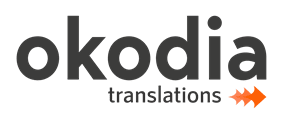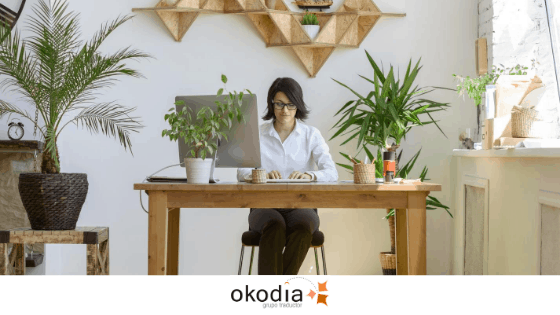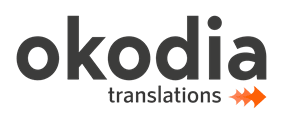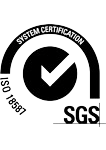There are various ways of measuring translation quality. The most common ones used by translation agencies range from special internal procedures to sampling for quality control checks. However, what about back translation? Although it is commonly used in certain sectors (especially pharmaceutical translation), it is still not well known.
What is back translation?
In simple terms, it is when you take a translated document and translate it back into the source language to check if the original translationwas accurate and ensure that its quality is good.
How does back translation work?
To perform a reverse translation, you need a translator without prior knowledge of the source text. They will take the translated document and translate it back into the source language. Obviously, it won’t be exactly the same as the original document, but it will help you see where inaccuracies and errors have occurred in the original translation. Sometimes this is also done literally so you can see the real meaning of the text.
What if inconsistencies are found?
Since it is going to be more literal, it is again very likely that the original and subsequent translations will differ. However, if you find problems, you can send the translations back to the original team of professional translators to check what has happened. Since the problem could be related to the original translation or the reverse one, it is always advisable to check both so you can find out where the real problem has come from and then fix it.
Is back translation really necessary?
While it may seem like a lot of work at first, there are certain cases where it can be really helpful. If you are working on a transcreation project, for example, and the target text ends up being considerably different from the source, doing a reverse translation will help you understand what the new text is about.
Moreover, if you are translating medical documentation, many ethics committees require translations to be submitted along with their original documents. As medical and pharmaceutical translations require such a high level of precision, it is not surprising that back translations have become a requirement in this sector.













